Each year aircraft encounter birds and other flying animals in the same skies. The majority of time this results in a near miss or no damage to the aircraft. Sometimes if an aircraft comes in contact with large birds or groups of birds, it can cause damage to the aircraft and jeopardize the lives of those on board as what happened on US Airways 1549.
When people I meet learn that I fly, envitabily the conversation migrates to the ‘Miracle on the Hudson’, and I get asked if I’ve ever hit a bird. When I answer yes, there seems to be a number of common questions I that are posed to me about bird strikes. The most common ones are:
- “How common is this?”
- “Does it damage the aircraft?”
- “Is there a time when this is this more likely to happen?”
- “Do airports do anything to prevent this from happening?”
How common or frequently this happens seems to be the popular question. The answer is that bird strikes are a very common occurrence. The estimates are over 8,000 times a year that an aircraft will come in contact with a flying animal. The FAA believes this number actually to be low since most strikes are never reported. The FAA in cooperation with the Smithsonian Institute track these by use of Bird Aircraft Strike Hazard (BASH) reports that are filled out after an incident. Remains of the bird (feathers, beak, etc) are sent to the Smithsonian Institute’s Feather Identification Lab to help identify the species of bird(s). The type of bird along with when and where it was hit can help create statistical data to create a Bird Avoidance Model to better predict times and areas were bird strikes will be more prevalent.
Damage to aircraft really can range based upon a lot of factors. The most pertinent are the size of the aircraft, the size of the birds, the number of them that collide with the aircraft, the location on the aircraft where they impact and the phase of flight it occured. For example, a few weeks ago, I flying into Portland late at night. When we were on short final (around 100ft from touch down) we hit a couple birds. In the cockpit, there was no indication. Only during my post-flight inspection did I see the impact locations. The next morning (in better light) I took some pictures to show what are the tell-tale signs.
- Smear mark where a bird impacted on left, front lower nose section.
- Blood Spatter on Kruger Flap
- Blood Spatter on the underside of the left wing
- Blood Spatter on underside of the wing
- Impact on the outside of the Engine Inlet Cowl
- Remains are ingested into the engine bypass fan
In this case, there was no damage to the aircraft. The birds collided at a lower speed and when the aircraft was landing. While this is a critical phase of flight, because of their number and size, the airplane did what it was designed to do which was not ingest them into the engines, but pass them through the bypass. A small bird hitting a larger airplane poses little threat to the crew or passengers. Larger birds or large groups of birds pose a bigger threat specially to smaller propeller driven aircraft or smaller commercial jet aircraft.
Bird strikes can (and do) happen any day of the year all over the world. They most frequently happen at lower altitudes (when landing or taking off), during the daytime and near areas of vegetation where birds would nest. There are however time of the year where the probability increases such as migration seasons when birds are going to or coming from their migratory areas. Geese and gulls can be more dangerous because of their size. In greater numbers, multiple impacts on an aircraft could damage the engines (as happened during the US Airways 1549 flight) or could clog the pitot tubes which are used by the aircraft’s instrumentation for measuring air speed and altitude. Time of day also plays a role as most small birds don’t typically fly at night and when they do it is only for short distances near ambient light. Birds of prey can be present during those times but avoiding migratory routes, helps to reduce he likelihood of coming in contact with them.
Airports have a number of different approaches to reduce the bird populations in their area. They range from eliminating wet lands that may be near by to keep migratory birds from being attracted there, to the use of signal cannons to scare birds away with noise or birds of prey to scare birds off by being hunted. Additionally, in many hangers, recorded sounds of wounded birds are played to signal to birds that it is not a good place to build a nest. Ultimately birds are very resilient creatures and they adapt well to a multitude of environments. That is why bird strikes can’t be completely eliminated.
The tools in place help to mitigate the risk as much as possible but sadly it does happen frequently. The good news is rarely does this cause an incident. So if you ever are on a flight that has a bird strike, odds are you probably won’t even know about it.


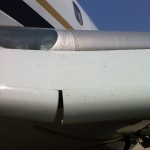
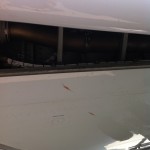



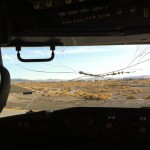
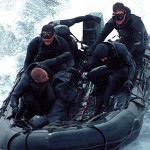
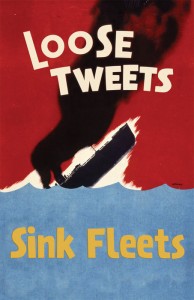
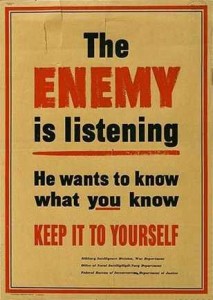
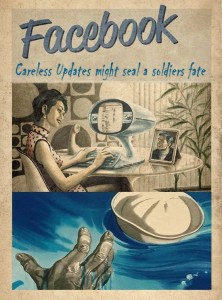
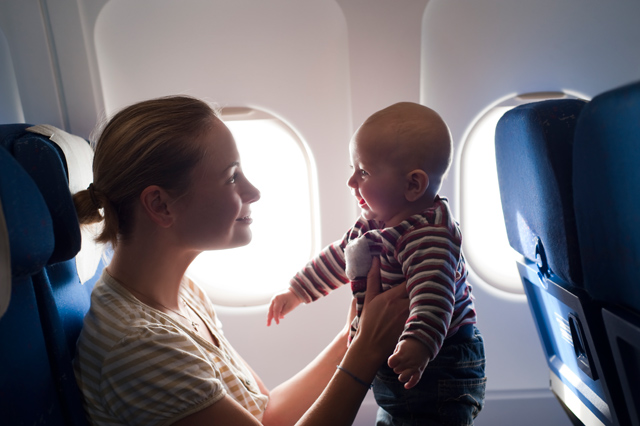

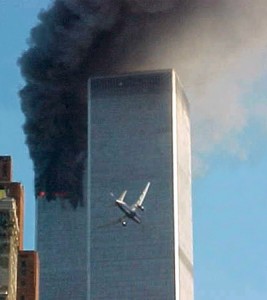












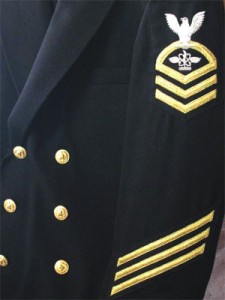
 “Sustained Superior Performance” – No one ever won a marathon by sprinting. It’s important to set smaller goals and pace yourself along the way. The selection board refers to it as ‘sustained superior performance’. Anyone can be a shooting star, but to consistently be a producer takes stamina and patience.
“Sustained Superior Performance” – No one ever won a marathon by sprinting. It’s important to set smaller goals and pace yourself along the way. The selection board refers to it as ‘sustained superior performance’. Anyone can be a shooting star, but to consistently be a producer takes stamina and patience.